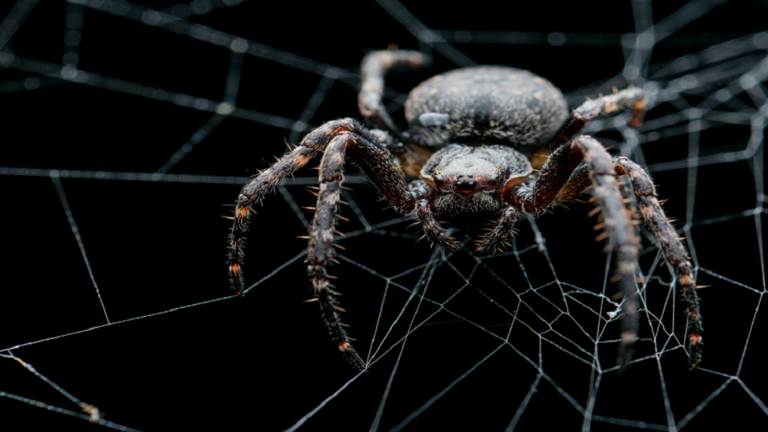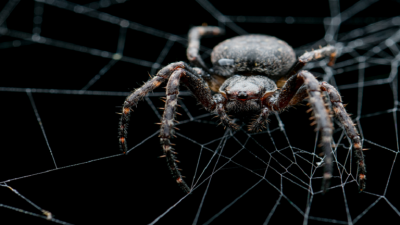A new study has shown that spiders twitch during sleep and may have dreams just like humans. Researchers in Germany captured footage of more than 30 jumping spiders as they jumped while sleeping, using an infrared camera. Experts found that while at rest, the spiders exhibited "periodic bouts of retinal movements" accompanied by "twitching limbs and leg curling." This is similar to REM sleep in humans, when our eyes move rapidly from side to side behind closed eyelids while experiencing vivid dreams. Therefore, the findings suggest that spiders also experience REM sleep and may dream as well.
The study was led by Daniella Rössler, an evolutionary biologist at the University of Konstanz in Germany, and published in the Proceedings of the National Academy of Sciences. The observed retinal movements were consistent, including regular intervals, with both increasing throughout the night. This report provides direct evidence of a REM sleep-like state in terrestrial invertebrates - arthropods - with clear similarities to REM sleep in terrestrial vertebrates. Other animals, including some birds and mammals, have been shown to experience REM sleep.
Rössler noted that spiders have not received as much attention in this field, so it was unknown whether they experienced the same type of sleep. The researchers studied Evarcha arcuata, a species of jumping spider that hangs upside down on a silk thread to rest. Being nocturnal, these species were filmed between 7 PM and 7 AM while suspended on silk threads in laboratory containers. Many spider species do not actually have moving eyes, making it difficult to compare their sleep cycles. However, these jumping spiders are predators that move their retinas to adjust their view during hunting. Additionally, these small spiders have a transparent outer layer that provides a clear window to their bodies.
The research showed that the sleep movements of spiders are very similar to REM movements in other species as well—not just humans but also dogs or cats that twitch during their sleep. It is clear that insects like the jumping spider are far removed from humans on the evolutionary tree, making the connection to human sleep behavior an intriguing one. Rössler stated that researchers still need to determine whether spiders are technically asleep during these rest states. This includes testing whether they respond more slowly or not at all to stimuli that usually wake them up.
Barrett Klein, an entomologist at the University of Wisconsin-La Crosse who did not participate in the study, expressed excitement about finding REM-like signs in such a distant relative. He added that questions still remain about how widespread REM sleep may be and what purpose it might serve for different species.




